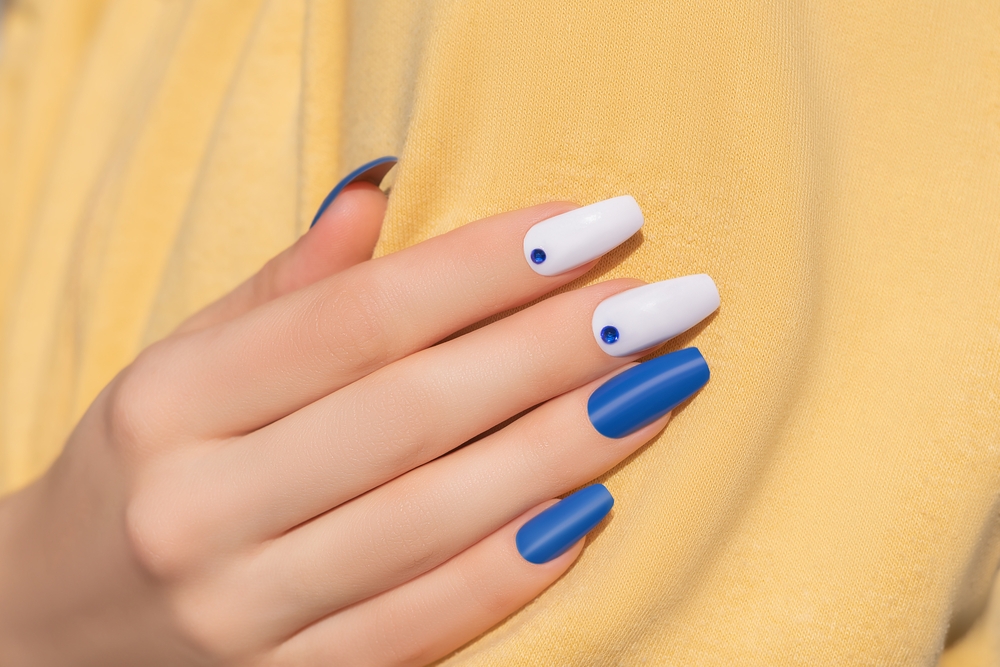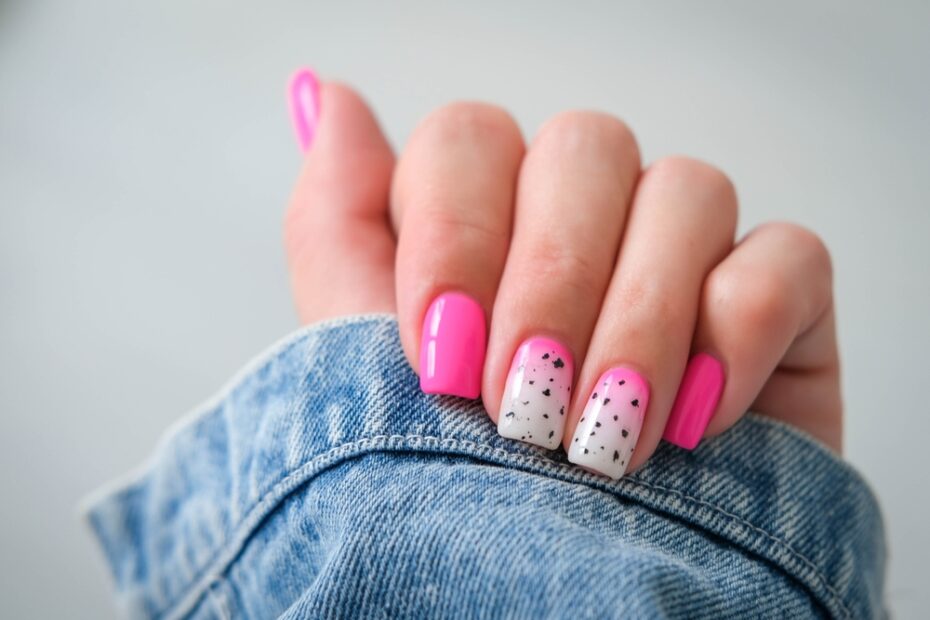Are Nail Art Harmful? What You Need to Know
Are Nail Art Harmful: Nail art is a popular form of self-expression and personal style, but concerns about its potential health risks are common. With the variety of products used in nail art, from polishes to gels and acrylics, it’s important to understand whether these products pose any harm to your health. In this post, we’ll explore the potential risks associated with nail art and provide tips for safe use.
Potential Risks of Nail Art
Are Nail Art Harmful
1. Chemicals in Nail Products
Many nail products contain chemicals that can pose health risks:
- Formaldehyde: This chemical is used in some nail polishes and acrylics to harden them. It is classified as a carcinogen, meaning long-term or high-level exposure could potentially increase cancer risk. However, most nail products contain only small amounts of formaldehyde.
- Toluene: Found in many nail polishes, toluene can cause respiratory issues and may be harmful if inhaled frequently or in high concentrations.
- Dibutyl Phthalate (DBP): This chemical is used to make nail polish more flexible but has been linked to potential reproductive and developmental effects.
2. UV Exposure
Gel manicures and some nail art techniques require UV or LED light to cure the polish. While occasional UV exposure is not a significant risk, frequent exposure to UV light from gel manicures could potentially increase the risk of skin damage and, in the long term, skin cancer, similar to the risks associated with tanning beds.
3. Allergic Reactions and Sensitivities
Some individuals may develop allergic reactions or sensitivities to the chemicals used in nail products. Symptoms can include redness, itching, or swelling around the nails. While these reactions are not necessarily cancer-related, they can cause discomfort and may require medical attention.

4. Nail Damage and Infection
Overuse of nail products, especially those that are harsh or applied improperly, can lead to nail damage and infections. Acrylics and gels can weaken the natural nails and make them more prone to breakage and fungal infections.
Safe Practices for Nail Art
1. Choose Non-Toxic Products
Select nail products that are free from harmful chemicals such as formaldehyde, toluene, and DBP. Many brands offer safer alternatives with non-toxic formulations.
2. Limit UV Exposure
To minimize UV exposure during gel manicures:
- Use Sunscreen: Apply sunscreen on your hands before UV exposure to protect your skin.
- Opt for LED Lamps: Consider LED lamps, which may emit lower levels of UV radiation compared to traditional UV lamps.
- Reduce Frequency: Limit the number of gel manicures to reduce cumulative UV exposure.
3. Maintain Good Hygiene
Ensure that nail tools and equipment are properly cleaned and sanitized to prevent infections. Choose salons that follow strict hygiene practices and use sterilized tools.
4. Monitor for Allergic Reactions
Be aware of any signs of allergic reactions, such as redness or swelling. If you experience these symptoms, discontinue use of the product and consult a healthcare professional.
5. Take Breaks
Give your nails time to recover between applications of nail products. Frequent use can lead to nail damage, so allowing your nails to breathe can help maintain their health.
Conclusion
Are Nail Art Harmful: While there are some risks associated with nail art, including potential exposure to harmful chemicals and UV light, these risks can be managed with proper precautions. By choosing non-toxic products, limiting UV exposure, and maintaining good hygiene, you can enjoy nail art while minimizing potential harm. For professional and safe nail care, visit Minou Nails, where you can experience high-quality services with a focus on health and safety.
Are Nail Art Harmful; If you’re ready to embrace the future of makeup with cheek blush treatment, book an appointment now. For more information on the benefits and process, check out Healthline and WebMD.


